April March showers bring May April flowers.
–traditional proverb
Despite sharing a border with Canada, Ohio has a relatively mild climate, and spring usually arrives early. By April, all of the trees are at least beginning to leaf out. One of the earliest here is the yellow buckeye (Aesculus flava). Its digitate leaves unfurl at a time when most of the other trees are still in bud:

The flowers appear later in the month, in erect clusters:
Yellow buckeye occurs only in the southern portion of the state, mostly along the Ohio River. Brutus Buckeye, on the other hand, is the nut of an Ohio buckeye (Aesculus glabra). The leaves are very similar, and the flowers have the same general structure but different proportions:
The bark of yellow buckeye is fairly smooth, with a sort of gravelly texture:
Both buckeyes are generally found close to water.
A well-known flowering tree that blooms in April is flowering dogwood (Cornus florida). Most people recognize the four large white bracts that surround each cluster of flowers, but few notice the tiny yellow-green flowers themselves:
An unusual subtropical species that occurs as an understory tree in southern Ohio is the pawpaw (Asimina triloba). Its flowers are maroon/brown, hang straight down, and have a scent reminiscent of rotting flesh:
Given their aroma, it’s not surprising that pawpaws are pollinated by flies.
The pawpaw is the host plant for the zebra swallowtail (Protographium marcellus):
And, for no other reason than that I had my camera in hand when I saw them together, here are three different swallowtails; the top one is an eastern tiger swallowtail (Papilio glaucus), and the middle one is a spicebush swallowtail (Papilio troilus):
A tree that any woodworker can appreciate is black cherry (Prunus serotina). Its flowers are distinctive:
Another sign of black cherry is the presence of eastern tent caterpillar (Malacosoma americanum) nests:
Black cherry appears to be their favorite food, although they are occasionally found on apples as well.
Rounding out the commonly occurring conifers in this neck of the woods is eastern hemlock (Tsuga canadensis), easily recognized by its short needles and small cones:
Eastern hemlock occurs in the eastern half of Ohio; the trees are found almost exclusively on north-facing slopes and in deep, cool ravines.
Since the leaves have finally arrived, let’s look at them in more detail. First up are the maples. Red maple (Acer rubrum) leaves have irregularly toothed edges, and red petioles (leaf stems):
Silver maple (Acer saccharinum) is likewise heavily toothed, and the petioles are usually green, but may be red as well:
The keys to distinguishing the two species are:
- The sinuses (spaces between the lobes) in red maple are V-shaped, while those of silver maple are U-shaped.
- The center lobe of the silver maple leaf is longer than half the overall length of the leaf, while that of the red maple is about half the length or less.
The leaves of sugar maple (Acer saccharum) have smooth edges:
This is, of course, the “classic” maple leaf, as depicted on the Canadian flag. Most of the sugar maples around here have leaves where the three main lobes are fairly broad, and the two outermost lobes are reduced to near nothing. In these respects, they approach the proportions of the leaves of black maple (Acer nigrum). The variation in both of these two species has led some botanists to consider the two to be extremes of a single species. I was not able to find a good example of a black maple leaf, but this variant of a sugar maple leaf is closer to what a black maple’s leaves look like:
Surprisingly, these two sugar maple leaves came from different branches of a single tree.
Our last maple, boxelder (Acer negundo) doesn’t look like a maple at all, and in fact its leaves are disturbingly similar to those of poison ivy:
Both red and silver maples set seed early:
Red maple (on the left) has the smallest samaras, while silver maple has the largest. Both sugar/black maple and boxelder are in between in size, and don’t ripen until mid-May.
Another species that leafs out early is tuliptree (Liriodendron tulipifera). The shape of its leaves is unique:
Tuliptree also has interesting flowers, but since they’re all at the tops of the trees, I wasn’t able to get any decent photos.
I mentioned last month that April was the month for wildflowers; here are a few, starting with white trillium (Trillium grandiflorum):
Trilliums were especially abundant this year.
Dutchman’s breeches (Dicentra cucullaria) bloom for only a short time in the middle of April, and by the end of the month, all traces of the plant (including the leaves) are gone:
(But why are the Dutchmen always hanging upside down?)
Hepatica (Hepatica nobilis) normally has white flowers, but they’re occasionally blue:
We spent a weekend at the end of April in Adams and Scioto counties, in south-central Ohio. There are a number of wildflowers there that are difficult to find elsewhere in the state, such as these yellow lady’s slippers (Cypripedium parviflorum):
I took photos of many other species, but rather than post them all here, I’ve put together an album that you can see online: https://www.flickr.com/photos/66983845@N03/sets/72157681988733910
In lieu of a sedge this month, we have this rather unassuming plant:
It has miniscule flowers, and its foliage isn’t much to look at, but the ability to recognize stinging nettle (Urtica dioica) is a useful skill when you’re walking in the woods.
–Steve Schafer









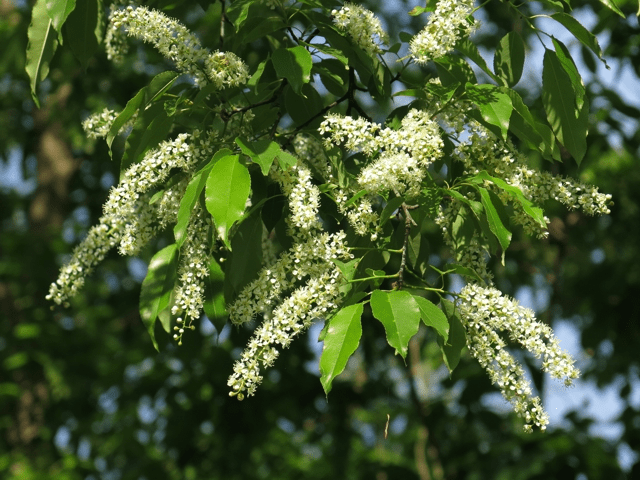


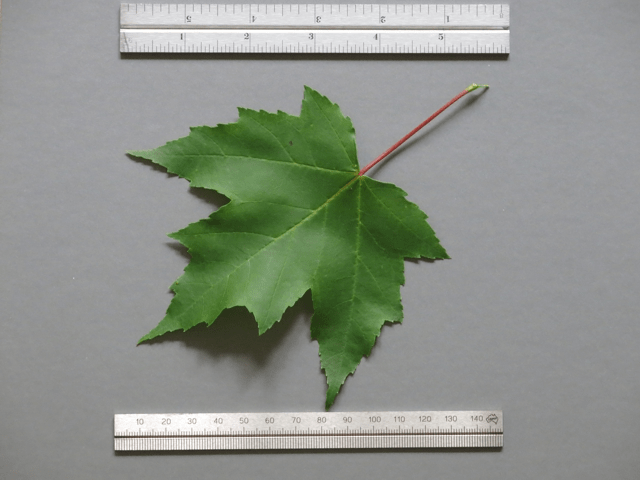

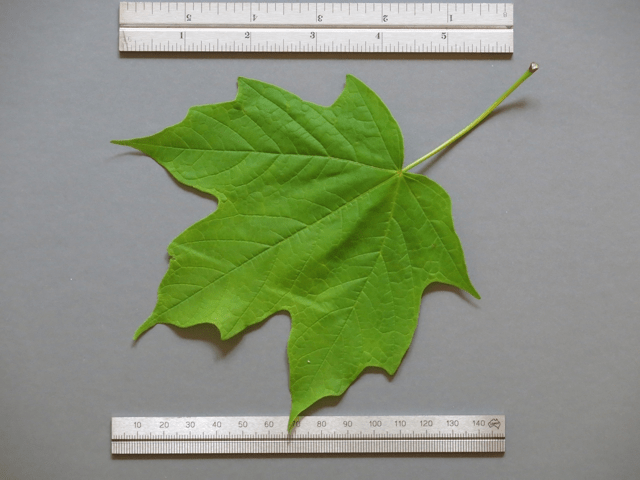



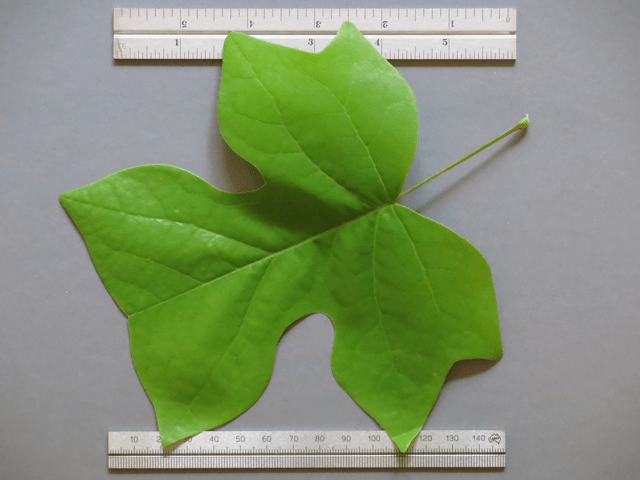
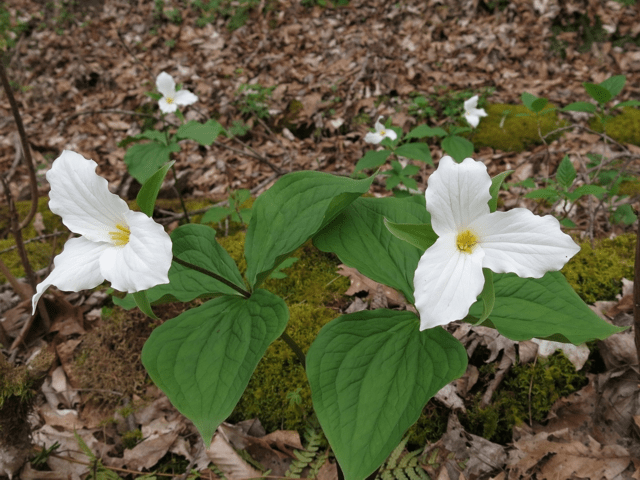




Thanks for these great nature lessons, Steve. They remind me of both how much I’ve forgotten and how much I didn’t know about my home state’s trees. Except for the nettle. A stroll through a chest high patch of it near the Little Miami River while on a hike as a kid left an indelible impression.
Very interesting
That is very interesting. Maybe it’s time to take some vacations and do more of these blog post. I really like learning about where the lumber comes from and how to identify each of these. It also makes me want to plant trees everywhere.
Wonderful photos. You see a lot more in the woods if you look down. (And put the phone away 🙂
Thanks for doing this, it’s quite interesting how similar and yet how different things are even just a little away in Illinois, and I didn’t even think the middle west was that diverse.
Hey Steve, I have a large, mature tree in my backyard that produces pretty white flowers and has leaves like the ones you show for Tuliptree. I always thought it was a Tulip Poplar. Is there a difference between Tulip Poplar and Tuliptree?
Thanks,
Shawn
Yes, yellow poplar and tulip poplar are other names for the same species. I’m trying to stick to the semi-official USDA names here. When there are a lot of different common names in use, they usually opt for the least ambiguous one. In this case, the tree is not even remotely related to the true poplars, so they use a name that doesn’t include that.
I was on my roof today and got some pictures of the blooms in my tulip tree. I’d be happy to send them if you are interested.